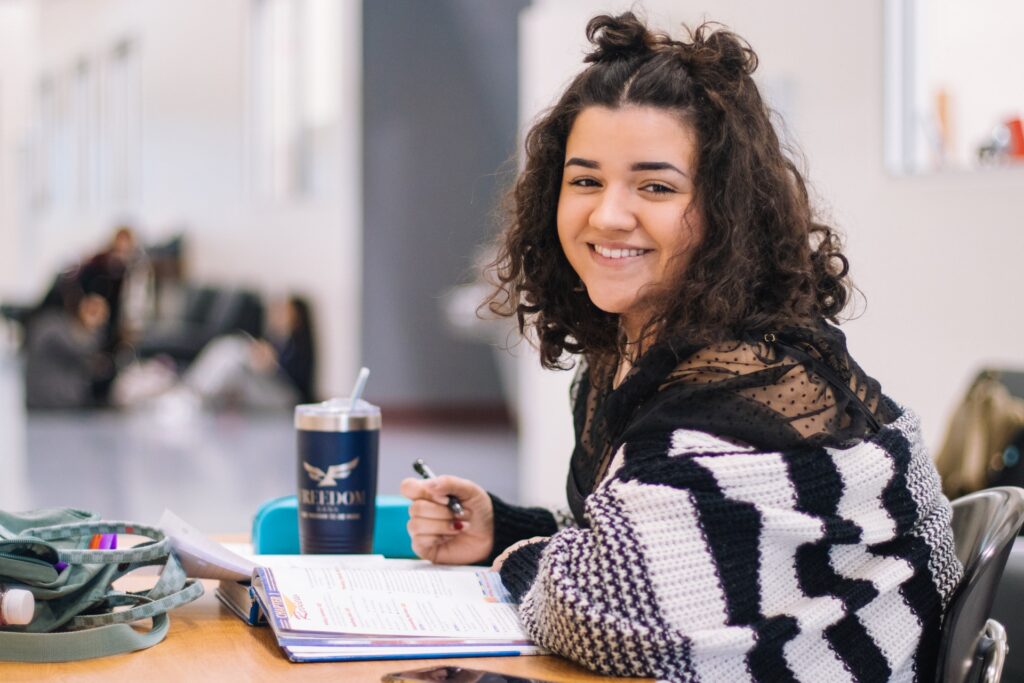Three Year Financial Planning Assumptions for Academies 2022-2023
Written by Chief Financial Officers within the Expert Finance Group of the Queen Street Group.

Introduction
This paper is for use by multi academy trusts and single academy trusts to support financial planning for 2022-23 onwards.
It provides a summary of the key assumptions to consider as part of your three-year financial plan that have been considered by the Chief Financial Officers of the Queen Street Group.
Recommended Funding Assumptions
General Annual Grants (GAG)
The minimum per pupil funding level for primary academies will increase to £4,265 and for secondary academies will increase to £5,525 for 2022
Key factors including the Age Weighted Pupil Unit (AWPU) will increase by 3% per year over the period of 2022/23, 2023/24 and 2024/25, subject to any Local Authority Schools Forum electing to transfer funding into High-Level Needs and the application of the National Funding Formula rates.
Max sparsity funding will increase by £10,000 to £55,000 for primary and £80,000 for all other schools.
Supplementary School Grant (SSG)
In 2022/23 and 2023/24 each academy will receive a SSG to cover the cost of the 1.25% increase in employer National Insurance contribution rates. The grant in 2023/24 will subsequently be rolled into GAG, although the exact methodology is yet to be confirmed.
The funding rate for Early Years will equate to £24 per pupil, applied to the January 2022 census.
The funding rates for 5-16 years olds will equate to the following, applied to the October 2021 census:
- Basic per-pupil rate of £97 for primary pupils.
- Basic per-pupil rate of £137 for key stage 3 pupils.
- Basic per-pupil rate of £155 for key stage 4 pupils.
- Lump sum of £3,680.
- FSM6 per-pupil rate of £85 per eligible primary pupil.
- FSM6 per-pupil rate of £124 per eligible secondary pupil
Pupil Premium
The pupil premium funding rate per pupil will increase to £1,385 for primary and £985 for secondary. The service premium is £320 per eligible pupil and for looked after children is £2,410.
Early Years Funding
The national funding rate for Early Years pupil premium will increase by 7 pence, from 53 pence to 60 pence per eligible child per hour.
The national funding rate for disability access fund will increase by £185, from £615 to £800 per eligible child per year.

Sports Premium
The assumption is this funding will continue for two financial years (2022/23 and 2023/24) at £16,000 lump sum plus per pupil funding.
Recovery Premium
Funding levels for the 2022-23 and 2023-34 financial year will be £145 per primary pupil and £290 per secondary aged pupil. The funding rates would need to be applied to the January census data against pupils eligible for FSM.
Devolved Capital
The funding rate for devolved capital consists of a lump sum of £4,000 plus £11.25 per pupil (primary) or £16.88 per pupil (secondary).
Universal Infant Free School Meals (UIFSM)
The funding will be £2.34 per meal taken by an eligible pupil. An allocation assumes that pupils will take 190 school meals over an academic year, providing £444.60 per eligible pupil.
The recommend assumption is this funding will continue for the foreseeable future.

Sixth Form Funding
The per pupil funding rate will increase by 6%, however this includes the funding for the Teachers pay grant.
The supplementary grant funding per pupil will be £35.
Recommended Cost Assumptions
Support Staff Pay Award
The recommended assumption is to budget for an annual pay award of 3%.
Teacher’s Pay Award
Assuming the government will move towards the £30,000 starting salary ambition, the recommended assumption is to budget for an annual pay award of 3% for any pay points above M4, with a £30,000 starting salary for M1 effective from September 2023. For illustrative purposes the table below is a potential scenario reflecting these assumptions.
| 2022-2023 | 2023-2024 | 2024-2025 | |
|---|---|---|---|
| M1 | £28,000 | £30,000 | £30,900 |
| M2 | £29,800 | £31,650 | £32,600 |
| M3 | £31,750 | £33,391 | £34,393 |
| M4 | £33,850 | £35,227 | £36,284 |
| M5 | £35,989 | £37,165 | £38,280 |
| M6 | £38,440 | £39,593 | £40,781 |
| 2022-2023 | 2023-2024 | 2024-2025 | |
|---|---|---|---|
| M1 | 9% | 7% | 3% |
| M2 | 8% | 6% | 3% |
| M3 | 7% | 5% | 3% |
| M4 | 7% | 4% | 3% |
| M5 | 6% | 3% | 3% |
| M6 | 4% | 3% | 3% |
Employer Pension Contribution Rates
For support staff pension schemes consider the likely impact of your tri-annual pension valuations and budget for their introduction from April 2023.
For the teacher’s pension scheme, the core assumption is any potential future increase may be fully funded, however you should consider the likely impact of any future increases if they are to be funded from within existing funding levels.

Risk Protection Assurance (RPA)
The RPA rate is £21 per pupil.
Non-Staffing Expenditure
Factors to consider when reviewing non staffing costs include the following:
- Inflationary cost pressures, particularly the impact on gas and electricity should be reviewed when academies exit any fixed pricing contracts or secure new contracts.
- Impact of any new Trust wide contracts.
- Impact of COVID on any staff absence insurance schemes, lettings income, and catering provision.
- Staff recruitment challenges and potential use of supply
- The tapering impact of the subsidy for the National Tutoring Programme and Academy Mentors which is expected to reduce to 50% in 2022/23 and down to 25% in 2023/24
The assumptions reflected in this paper are based on information published at the end of February 2022 and is subject to change should further detail be released following our publication.
The QSG member Trusts educate over 250,000 pupils across over 450 schools.
